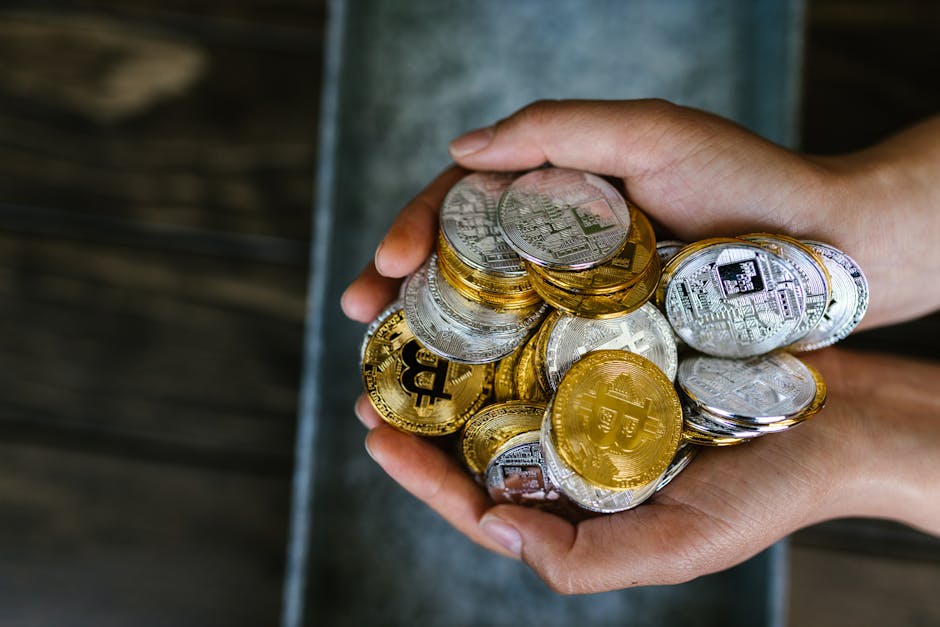
Thanks for dropping in. A little over a year ago I
launched the 3D Printy channel with this project: the Treasure Chest Puzzle Box. And while that
video is a bit stilted, I think the puzzle itself is pretty neat. In fact, I've printed nearly 300
of these chests since creating that puzzle. But no design is perfect, and nothing makes that more
obvious than printing and hand assembling hundreds of copies. Before we start though, this video
is going to spoil the secrets behind how this puzzle works. If you want to solve the puzzle for
yourself, stop the video and direct a 3D printing friend here so they can print a copy for you. With
that warning aside let's get to the pitfalls of the original design. The first problem with the
original design is it requires extra hardware. Each chest uses 12 magnets in two short lengths
of metal rod. While these parts don't cost much, I'm aiming for a fully 3d printed solution. The
next problem is that this puzzle takes too long to print. The design has 26 individual 3D printed
parts. Even if your printer is large enough to print all the parts in one go, it would take more
than 24 hours of constant printing to finish. You could try printing at a higher
speed, but then we get to the next issue.
Many of the parts are risky prints. These
slats, for example, are printed vertically. Just a little wobble will cause the print to fail. And if
you're printing multiple slats at the same time, one failed slat can easily take down the others.
The fourth and final problem is more of an opportunity. I'd like to make the puzzle easier
to customize and remix. The classic treasure chest is nice but we can do better. Okay the
challenge has been set, and here's my response. These new puzzle boxes are fully 3D printed they
have far fewer parts. They can be printed in less than half the time, they're less risky
to print, they have a range of swappable parts for greater customization, and they're
designed for easier remixing. Most importantly, these improvements don't change the puzzle
solution. Let's take a moment to solve one, this one. As you'd expect the
lid on the chest won't come off even though there's a clear gap suggesting
otherwise. An observant solver will quickly find four parts that have some wiggle to them: three
slats on the top and a panel on the bottom.
But a wiggle is all you're going to get until you
rotate the puzzle into the right orientation. This first and topmost slat will only
slide when the chest is held upside down. This reveals a small dot indicator, proving that
the slat is now unlocked. The two side slats, which only move after the first,
will slide when facing straight up. With all three slats unlocked,
the bottom panel will now open and slide right out. The puzzle is now solved. So how were those design goals achieved
while maintaining the same functionality as the original? Well, the most difficult
challenge was scrapping the hardware. After all, I didn't add magnets to the original just
because i love magnets. The magnets were added to provide a nice snap when sliding
slats between locked and unlocked positions. This new design achieves the same result through
a springy arm that's built right into the slats. Two indents hidden below each track provide a
click point for the springy arm to snap into. I'm actually a little shocked with how well this
alternate solution works.
The original design used a metal rod to hold a weighted axle floating in
the center of the puzzle box. But it turns out you can achieve the same outcome by changing the
shape of the axle itself. These pointy ends sit securely inside conical indents on either side
of the chest, but they remain loose enough to rotate quite freely. The same trick worked for the
flip lid at the bottom of the chest, removing any need for a metal rod there as well.
With these
few changes the puzzle is now fully 3D printed. My next goal was to drastically reduce the number
of parts. To achieve this, I reconsidered what was absolutely necessary and removed or merged the
rest. This mechanism still needed three sliding slats, but the other eight served only as red
herrings. So i reshaped the top of the chest to imitate separate slats without actually
requiring individual parts.
The slats on the side of the chest were removed entirely.
With these and a few other merged pieces, the overall part count fell from 26 down to 10.
The remaining parts are also much easier to print. The three slats are now printed on their side. The
overhang that results from this new orientation is a very printable 55 degrees. The weighted
axle has also been reworked so it can be printed on its side. Because of these changes,
the entire chest can be printed in 12 hours, even with fairly conservative print speeds.
The last improvement was the most fun. I wanted a range of design styles which could be mixed
and matched to create more unique combinations. The first style is, of course, just a plain
chest. Nothing fancy here. But these more boring parts can pair well with some of the busier
styles.

The next example is a mix of two options. The base is using the inset style, which has
rectangular indents on each side of the chest as well as the bottom door. The top of the
chest is using the rib style, which adds a nice handle to the slats. The next example is
also a mix. The base is using the slat style, a callback to the original chest design, and the
top is using a very minimalistic line style in the slats.
This is less of a handle and more
of an extra indicator of the slat position. Now let's check out some fancier options. This is
the diamond style. The diamond motif is reflected on every part of the chest from the slats on top
to the bottom door. This honeycomb style adds some random height variation to its hexagonal
cells. Depending on the filament you're using, this may look like a very natural beehive
or a very unnatural sci-fi artifact. And the last style is a cube isometric pattern
that may remind you of M.C. Escher or Q*bert. I find this one really mesmerizing as the
pattern shifts depending on how you look at it. If you're interested in creating your own
remixed chest, you can start with a plain chest or a separate template chest i've included with
the rest of the files. The template chest is just the bare geometry, no subtle chamfers or finger
friendly fillets. Those sharp corners will provide easier surfaces to build off of.
With fewer parts
to put together you'd expect assembly to be much easier than the original. And fortunately you'd
be right. But there's still a couple places where things might go wrong, so let's build another
copy. The first step is to attach both the top and bottom frame to an end frame. Orientation
is really important here, so i've added a small indicator mark on the inside of both the top
and bottom frames. If the indicator lines match, the parts are positioned correctly relative to
each other. If that looks good, glue the bottom frame into the end frame. The top frame, on the
other hand, should be inserted without glue. That holds some sliding parts and we don't want glue
anywhere near that. While the glue is setting, let's switch to the weighted axle. You have two
options here.
The default axle is a faster print and uses less material. The heavy axle rotates
more consistently. Either way, these parts should be printed with plenty of infill, at least 50
percent. This axle cap gets glued onto the end. The lip of the axle cap should rest just below
the wheel on the weighted axle, like this. Next, let's test fit the slats and make sure they run
smoothly in their tracks. If the slats don't fit, a little sanding on the side may help. Now it's
time to add the axle assembly. This slides into the chest with the wheel facing the open end.
Let's test fit the other frame.
It can be tricky lining up the axle at this point, but if you
go slowly, it will eventually fall into place. At this point we can test the mechanism.
Make sure that the axle rotates easily and also that the latches can slide past the axle
wheel at all the correct orientations. If all is well, glue the end cap on. Only apply glue to the
bottom frame. We've gone too far to accidentally glue the sliding latches into place. Once the glue
is set add the bottom lid and lock the puzzle. There's one last upgrade to the design that i
haven't mentioned. it's something that you can't even see. Unlike the original treasure chest,
this redesign is available under a Creative Commons Attribution license.
That basically means
that anyone is free to print, alter, distribute, or even sell copies. Just make sure
to link back to the original design, as explained in the license itself. So
have at it, and let me know if you've done something cool with it. But until then,
happy printing and thanks for stopping by..




